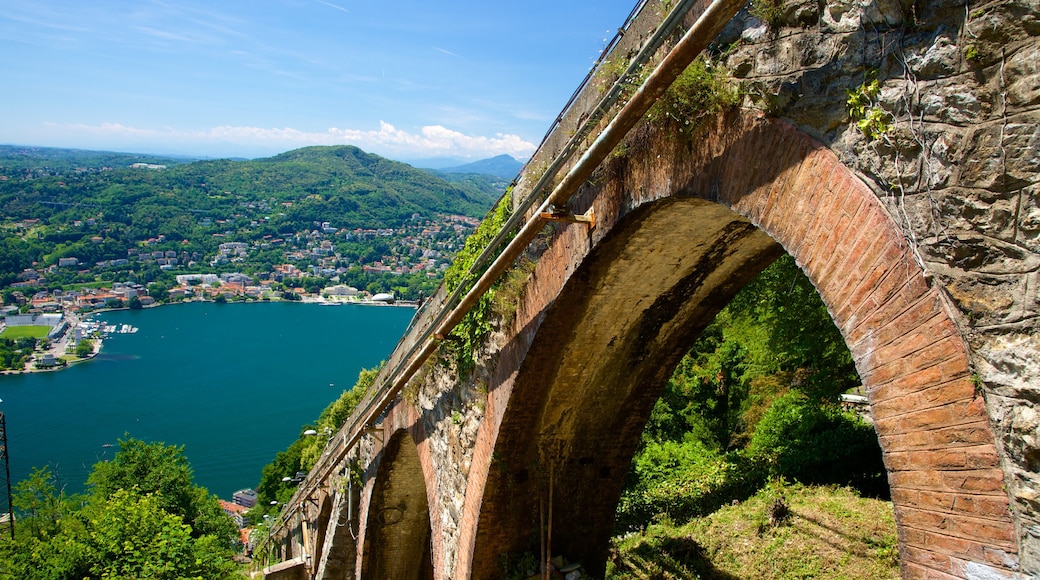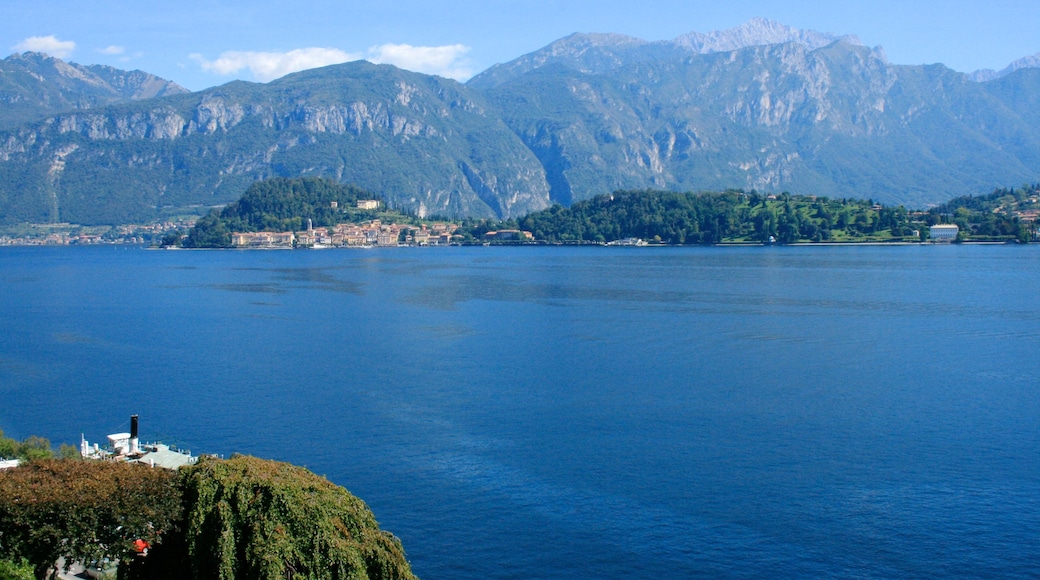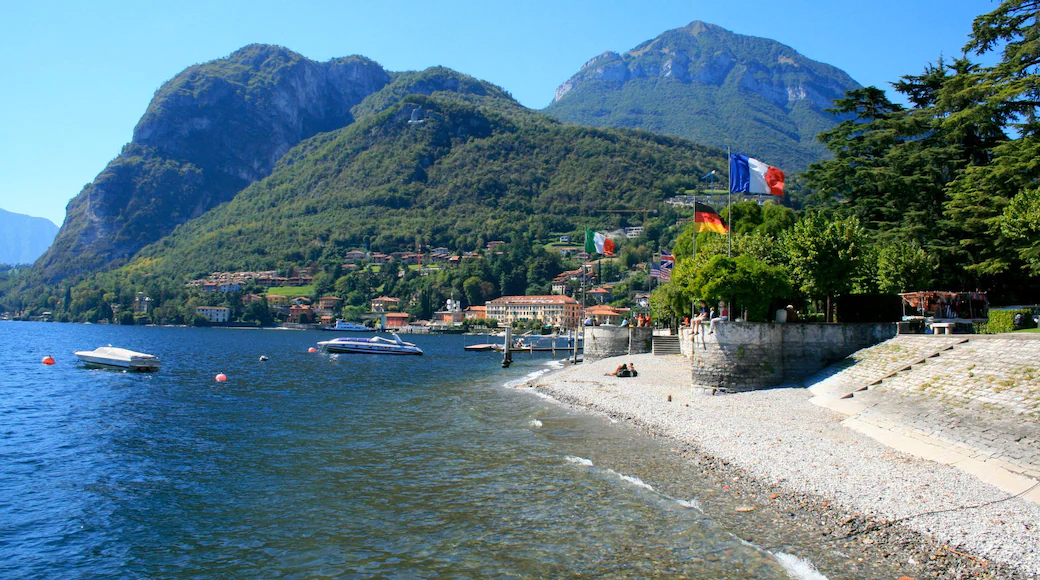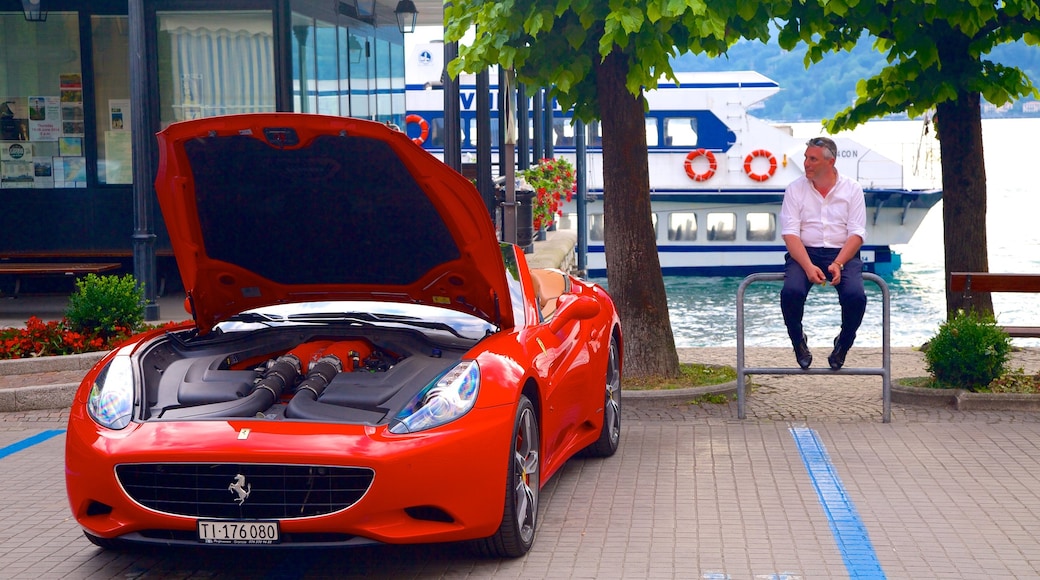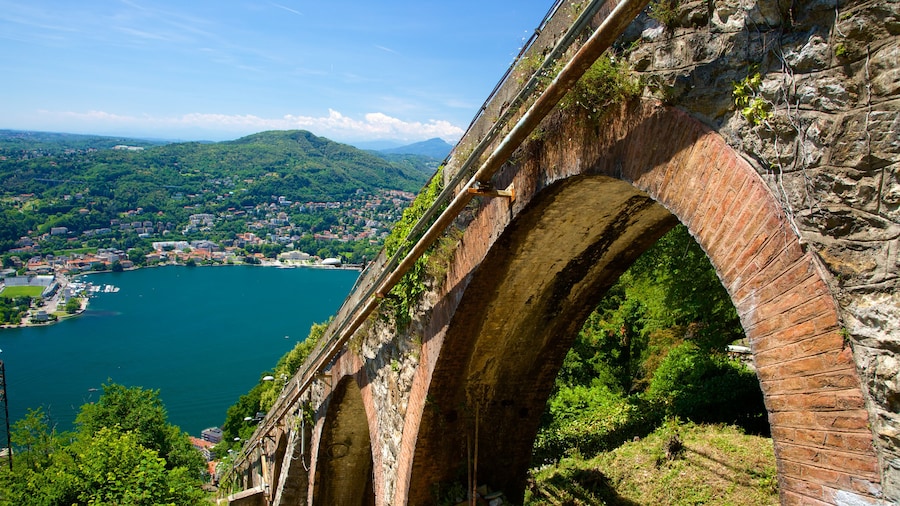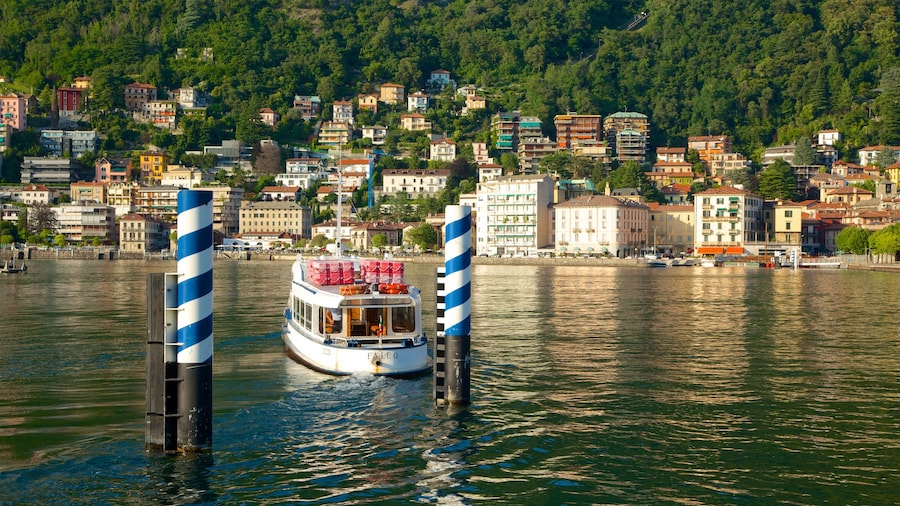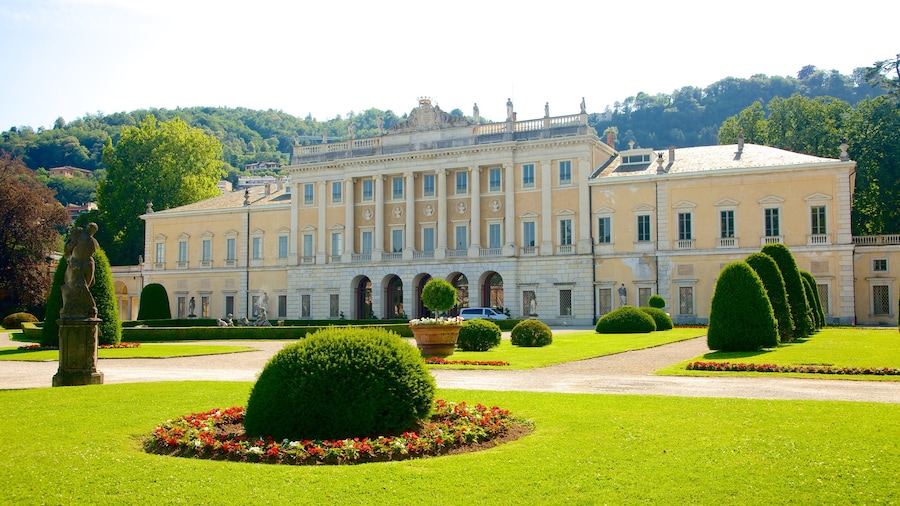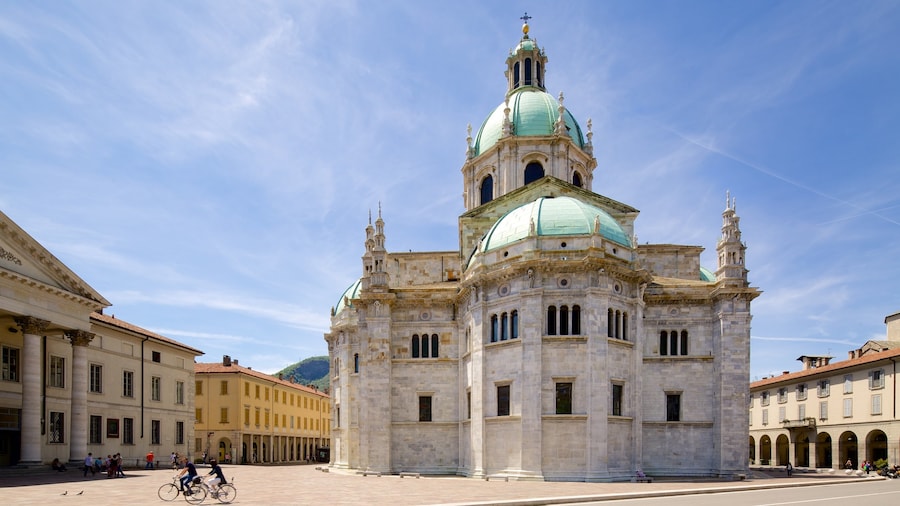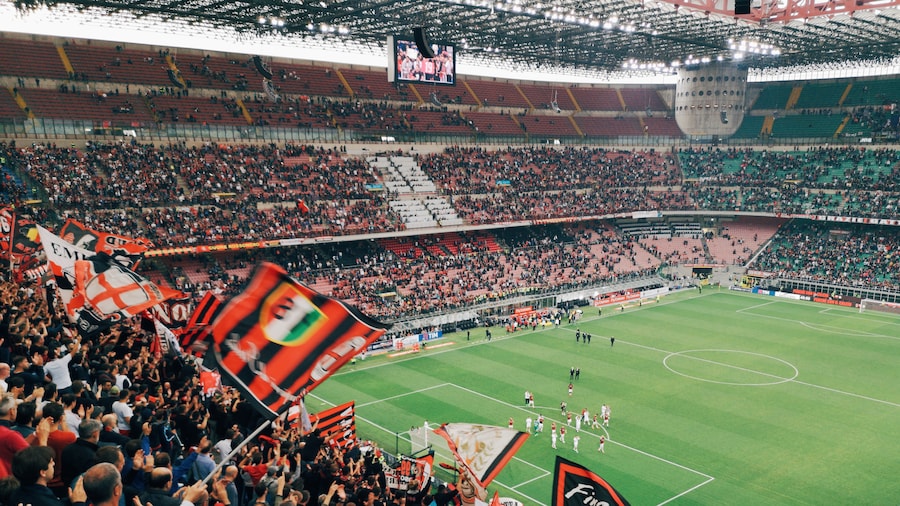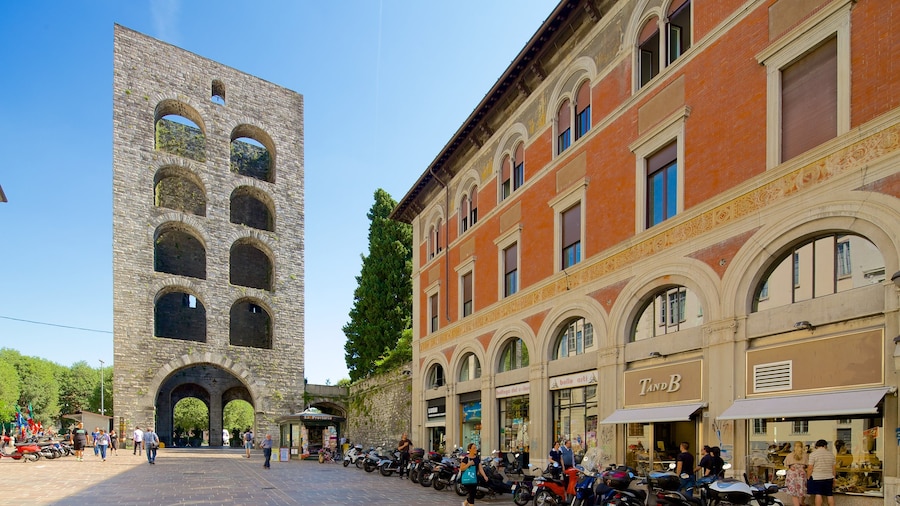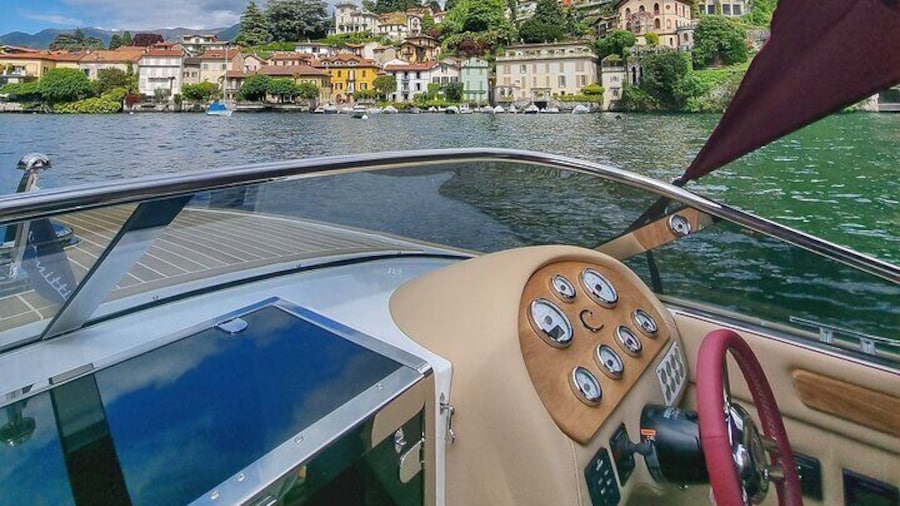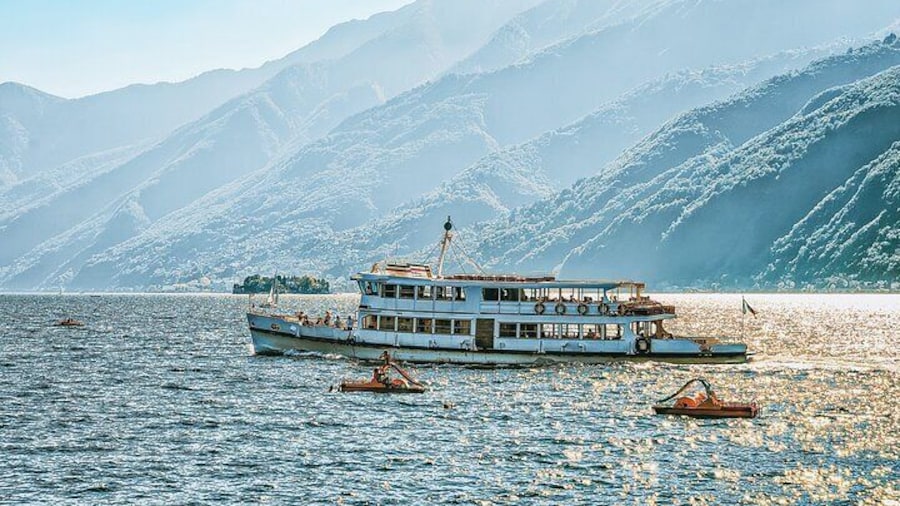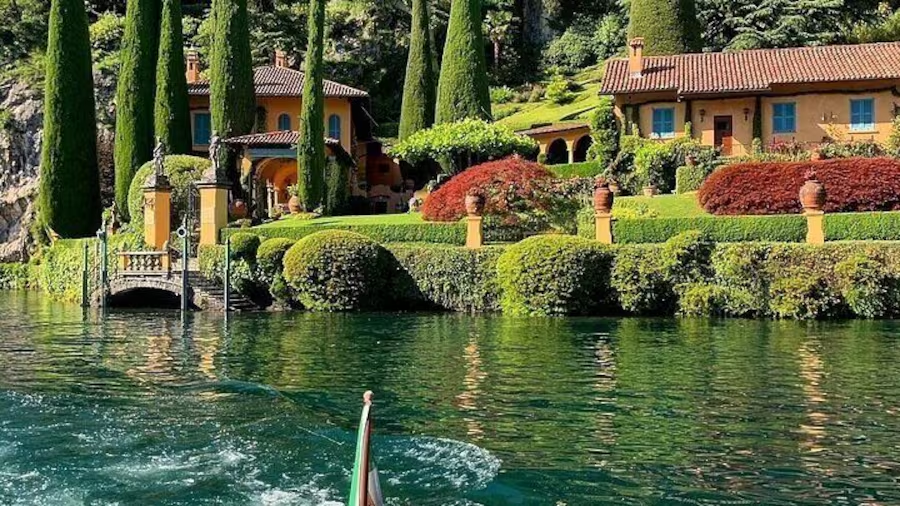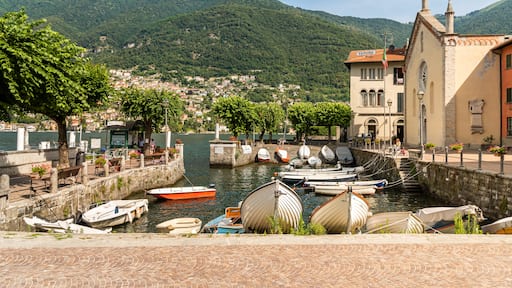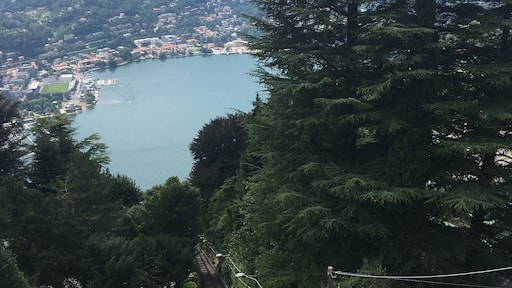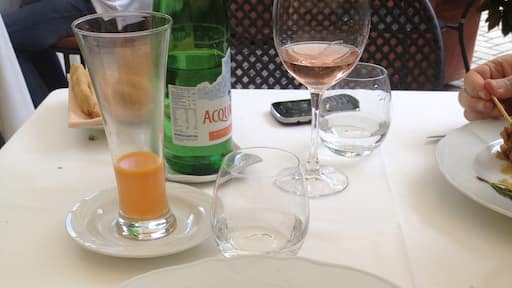Start your adventure at Palazzo del Broletto. Built at the beginning of the thirteenth century in Romanesque Gothic style, its present appearance is misleading, reminiscent of the Italian Renaissance style, with its marble bands of white, grey and red, façade and arches, typical of courtly palaces. The building has always been the seat of the city’s civic authority, being used as a Town Hall, and stands beside the Torre Civica, which in turn stands next to the most important church in Como, the Duomo. The fact that these two buildings were built beside rather than opposite one another is seen as a sign of the continuity between the civilian authority of the bishopric and the power of the free municipality, which later took over complete control of the diocese. Today, the Broletto palace is used for public events, major conferences, art exhibitions and events. Como's Cathedral, dedicated to the Assumption, dominates the urban architecture of the city with its exquisite Gothic elegance. The church was built on the foundations of a pre-existing basilica, erected by the architect Lorenzo degli Spazzi. Even today you can clearly sense the grandeur of the structure with its imposing size and the dome over 75 m high. Enlargement work over subsequent centuries encompassed much of the Broletto civic building, which now forms an articulated and complex building in a fusion of styles, particularly Gothic and Renaissance.
From Piazza Duomo, past the arcades, you’ll come to Piazza Cavour and, continuing towards the left, you can stroll along Lungo Lario Trieste a short distance to the Tempio Voltiano and the Monument to the Fallen. Dedicated to one of Como’s most respected sons, the scientist Alessandro Volta, the Volta Temple is a beautiful Palladian style building. It was built in the early 1920s, on the anniversary of his death, as a new home for Volta's scientific instruments. Exhibited in chronological order are the evidence and original artefacts of the great scientist’s work.
Also unmissable is a trip to Cernobbio, where you can visit Villa Olmo, one of the most beautiful romantic and Neoclassical villas in Italy. Visit it to admire the beautiful landscape of the lake, the shore of which is just metres away, the beautiful Neoclassical architecture and the romantic style of the gardens embellished by a terrace of statues and various ornaments. Inside you'll also find a chapel and a small theatre.
Leaving Piazza Cavour and travelling to the left shore of the lake, you’ll come to the Como Funicular. The road that leads up to it, skirting around the lake, is lined with a succession of bars, pizzerias and restaurants which are worth trying if you fancy a stop. The funicular is one of Como's main attractions. It has been used every year by tourists and thousands of local residents since 1894, the year of its inauguration. In seven minutes you can reach the small village of Brunate and admire the spectacular view along the way. Returning to the city centre, heading towards Piazza del Popolo, it's worth visiting Como’s famous Casa del Fascio. During the fascist period, Italy had many such buildings, which were used to control the surrounding areas and where young people were educated, propaganda was distributed and people gathered after work. Como has many buildings dating from this period and featuring this kind of architecture. The building dates from 1936 and remains virtually intact: a simple, square, white and purely geometric structure.
Our holiday packages in Como are always available for you to enjoy the beauties of the city and its lake.
